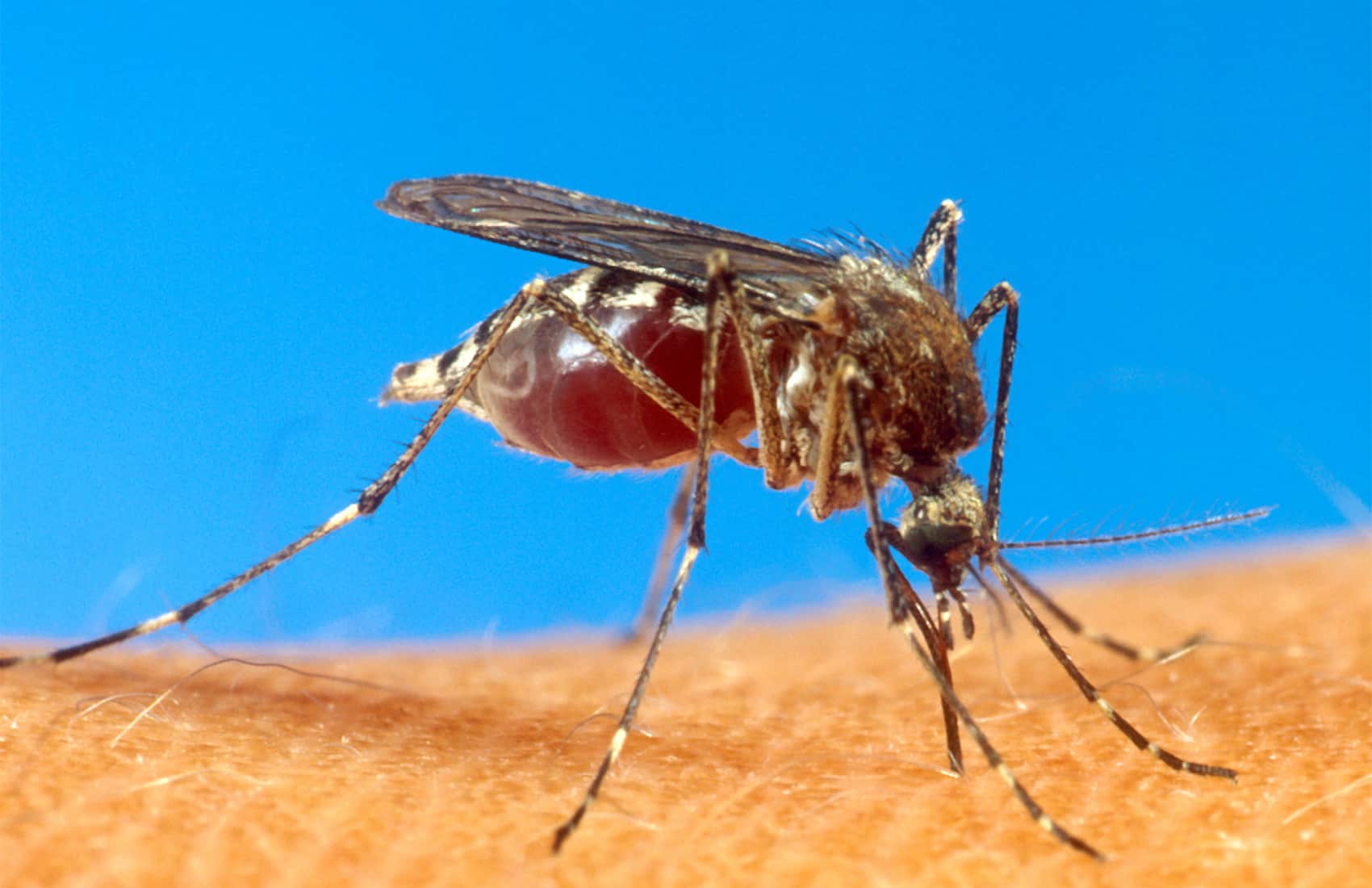HUACAS, Guanacaste — The pain doesn’t sit on the surface. It lies deep in the bones, rising up in every flex or twist of a joint. For patients with dengue fever or the chikungunya virus, it’s these aches that bother them the most.
“You feel awful with both diseases,” said César Fuentes, a doctor with the Beachside Clinic in Huacas, Guanacaste, near Tamarindo. “Unfortunately, there isn’t a whole lot we can do.”
At least two patients a day show up at the Beachside Clinic with symptoms of either dengue or chikungunya, Fuentes said, and the clinic isn’t alone. Since July, coastal provinces, especially Guanacaste, have seen spikes in confirmed cases of the diseases. Without a blood test the two viruses are almost indistinguishable, and both cause fever, headaches, joint pain, extreme fatigue and rashes. Doctors will monitor a patient’s vitals, but beyond pumping the patient full of Tylenol, there is nothing they can do to ease the symptoms.
Chikungunya cases have increased 20-fold since last year when the virus first arrived in Costa Rica. While chikungunya is rarely fatal, patients can experience pain in their joints for up to a year after contracting the virus. A new study released in the scientific journal “Neurology” last month also showed that those infected with chikungunya were more likely to later develop encephalitis, a potentially fatal brain inflammation.
Costa Rica has had 3,700 cases of chikungunya in 2015, and more than half of these infections occurred in the last two months. Guanacaste, its neighboring coastal province of Puntarenas and the Caribbean coastal province of Limón have been the most severely affected.
According to the Health Ministry, the number of people infected with dengue has also increased this year, with 14,322 confirmed cases. Nearly 75 percent of these infections occurred in Guanacaste and Puntarenas.
While the virus usually lurks in highly populated areas, it has also now spread into more rural zones. At one point in September, the entire 300-person village of Arado in Guanacaste was reportedly infected with dengue.
Dengue fever has long been common in Costa Rica’s coastal regions, but Health Ministry officials are concerned about the spike in infections. In 2013, nearly 50,000 people in Costa Rica were infected with dengue, an all-time record. The next year, the number of cases dropped significantly. Since dengue is a cyclical disease, the Health Ministry says the slight increase this year could signify the beginning of another spike.
“In Guanacaste everyone has had dengue, and we know how to treat it,” Fuentes said. “Here people should wear mosquito repellent the same way they wear sunscreen.”







